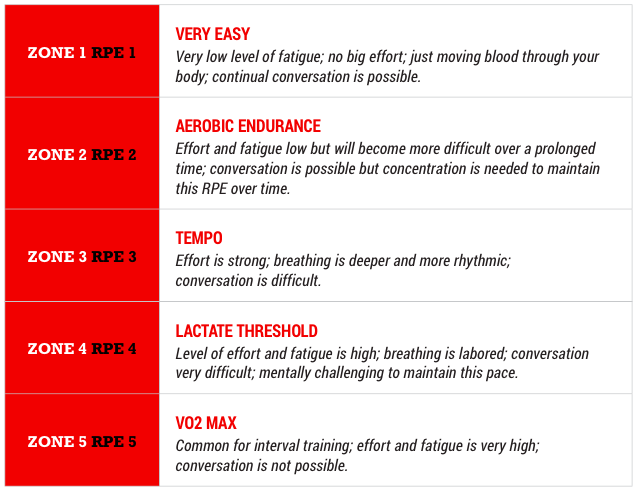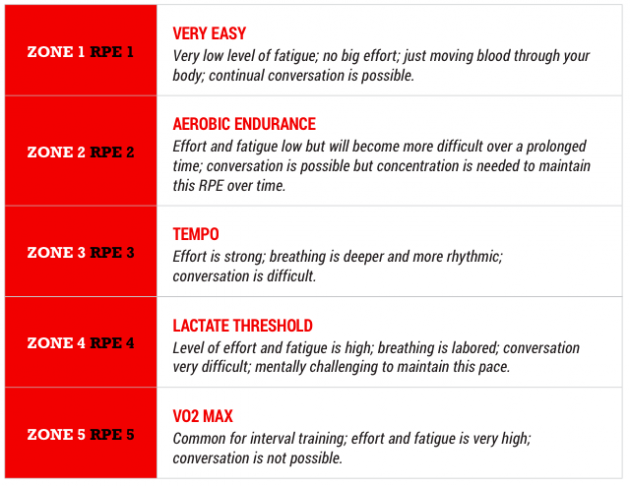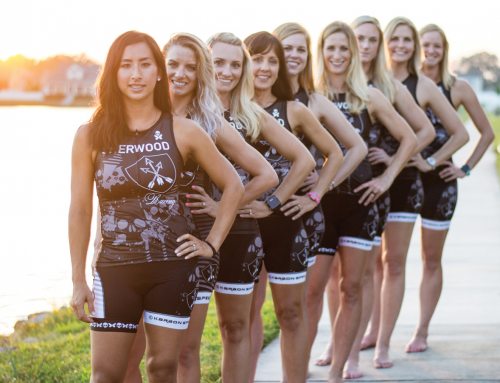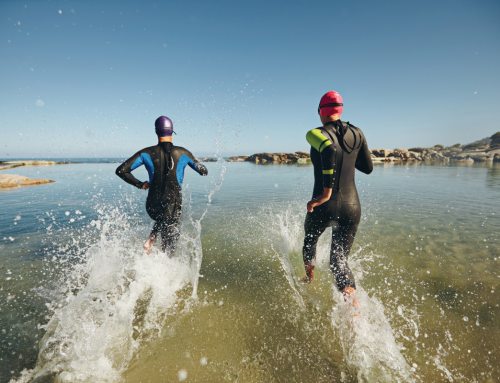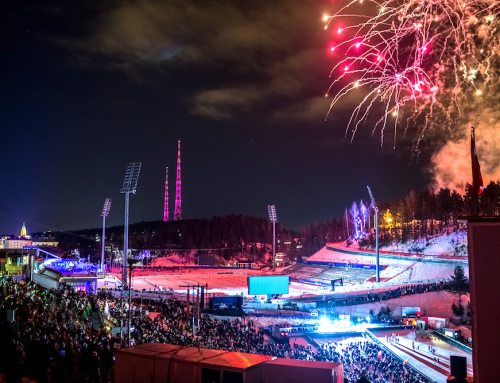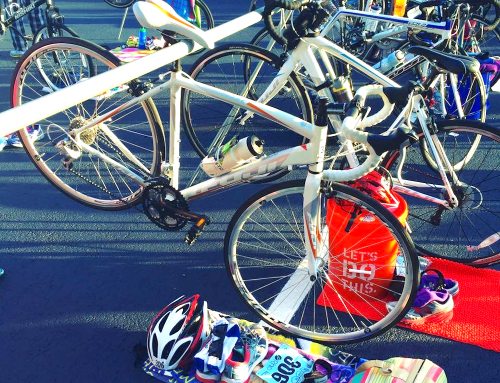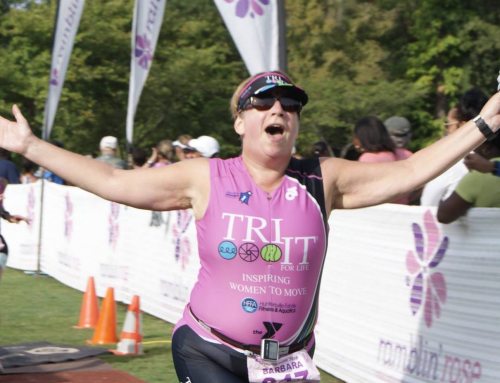By Grandison Burnside and Cyndi Dambacher
The first modern day triathlon was held at Mission Bay, in San Diego, CA. on September, 25, 1974 and the view was in stark contrast to what we see today. There were no fancy time trial bikes, clipless pedals, computers or aero helmets. The field was filled with heavy steel framed bikes, beach cruisers and athletes in cotton t-shirts and old tennis shoes. The only thing needed to participate was a lot of grit and determination!
Fast forward to today and open any triathlon magazine and you will be bombarded with ads for the latest and greatest in today’s technology: Garmins, power meters, bikes with electronic shifters, to name a few. It is no wonder that so many first-timers are intimidated to step into this great sport. Is this technology a requirement to complete a triathlon? Absolutely not! While technology can make training with specific goals easier, many successful and competitive triathletes excel at triathlon by taking it back to basics and training the simple way: by feel and listening to their inner athlete. Even for the most die-hard “gear junkies” who rely on data output, it is often a good idea to throw technology to the side and complete some workouts on feel to get back in touch with the inner-athlete training tool!
The most important aspect to training for a triathlon by feel is getting to know your body and reading the signals your body is giving you. To practice this, you will first need to determine your individual training “zones”. We like to use 5 Zones based on Rate of Perceived Exertion. RPE is simply your own perceived effort level applied to specific workouts. Once the athlete understands and practices the training zones, they can be applied to any training plan. See our chart for Zone 1-5 Guidelines.
Just getting started? For the first of week, it is best to do your bike and run workouts outdoors and ditch any distractions (heart rate monitors, bike computers, MP3 players, etc.) so that you can truly focus on your body’s signals. Play with your speed and tempo and pay attention to how your body reacts: the burn in your legs, more labored breathing, and increased focus to maintain pace. Once you feel comfortable playing with your level of exertion, begin incorporating the Zones into your workouts. For example, if your workout calls for a 30 minute run, spend 10 minutes warming up in Zone 1 and then complete the rest of the workout in Zone 3 before warming down and stretching.
By incorporating a couple of these Zone 3 and Zone 4 sessions into your shorter workouts each week, you will see your body become faster, stronger and more efficient. Happy training!
# # #
Grandison Burnside and Cyndi Dambacher are owners of TRIgirl and TRIquest Training in Richmond, VA. They are Level I USA Triathlon Certified Coaches, USA Cycling Coaches and have finished over 15 combined Ironman races. They are skilled at teaching athletes how to excel in the sport while maintaining their busy lifestyles. Visit TRIgirlTRIquest.com for more information.
FAVORITE TRAINING LOCATIONS
West Creek Parkway
West Creek Parkway has been Richmond’s cycling and running hot spot for triathletes for over 10 years. It boasts a 6-mile loop with light traffic, small rollers and plenty of fellow athletes. More info can be found at www.westcreekva.com
Pony Pasture
With tree lined paths and breathtaking views of the James River, Pony Pasture has been a long-time Richmond area favorite. Traffic is light and the trails and surrounding hills provide plenty of cycling and run options. Pony Pasture is located at Riverside Drive, Richmond, Va.
The Virginia Capital Trail
The Virginia Capital Trail is a mostly flat 14-mile trail with a few gentle hills, making it an easy ride for any cyclist. The trail offers a 7-mile paved option that goes through wooded areas, decked bridges with views of pristine wetlands, and past the site of historic Greensprings Plantation. More info can be found at www.virginiacapitaltrail.org


